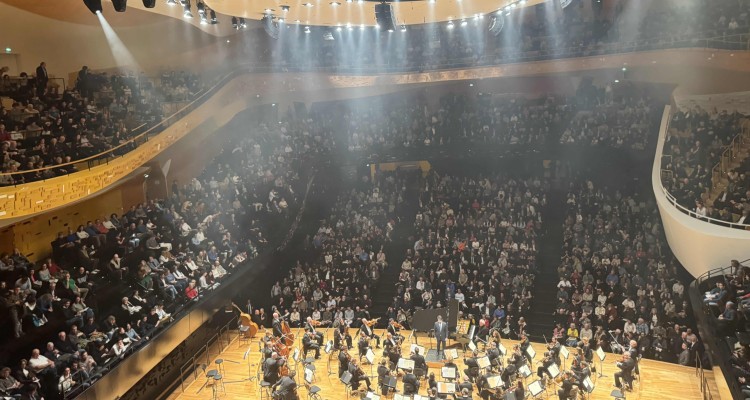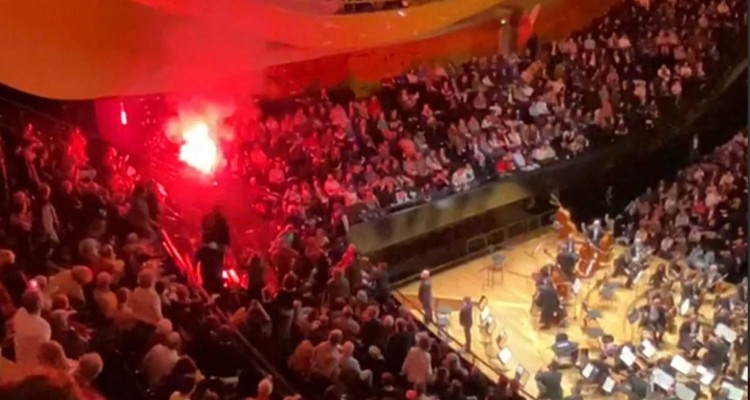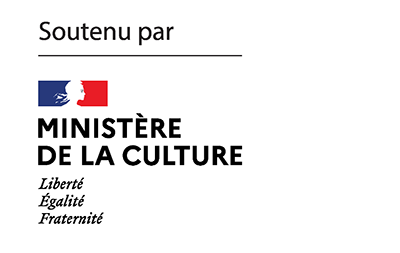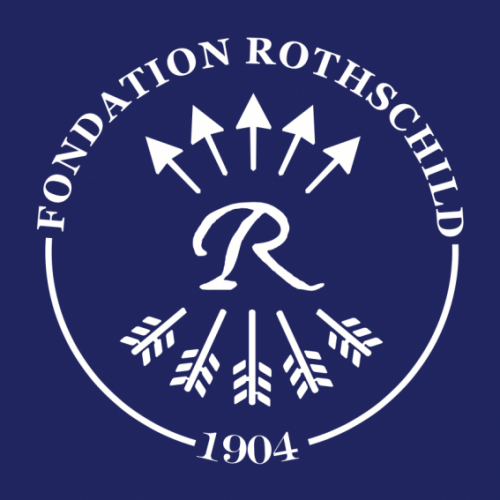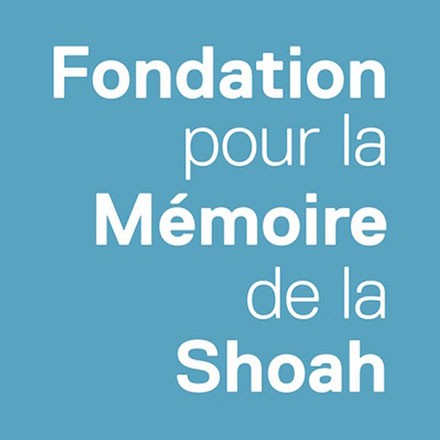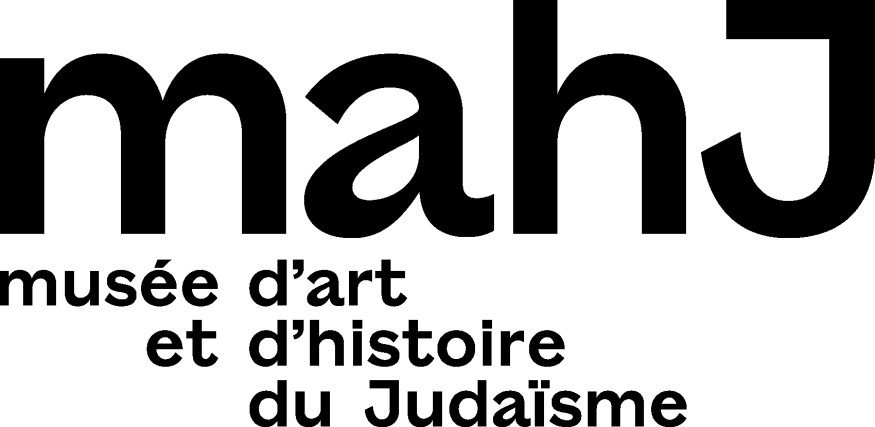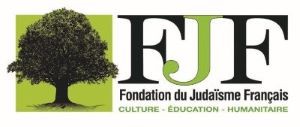On Antoine Compagnon’s Proust du côté juif (Proust: From the Jewish Side)
Two-thousand-twenty-two marks the 100th anniversary of Marcel Proust’s death. For the occasion, the “Jewish side” of the author of In Search of Lost Time is the focus of unprecedented attention. The Museum of Jewish Art and History (mahJ) in Paris is showcasing an exhibition “Marcel Proust. Du côté de la mère” (on display through 28 August), whose principal academic advisor is Antoine Compagnon. The professor at the Collège de France has published a book entitled Marcel Proust du côté juif (Marcel Proust: From the Jewish Side) devoted to analyses of the work that have focused on its “Jewish” aspect. After reading this excellent work, Milo Lévy-Bruhl wrote this article for K. in which he presents Proust from a new angle: as a product of the competing impulses in modern Judaism of return and emancipation.
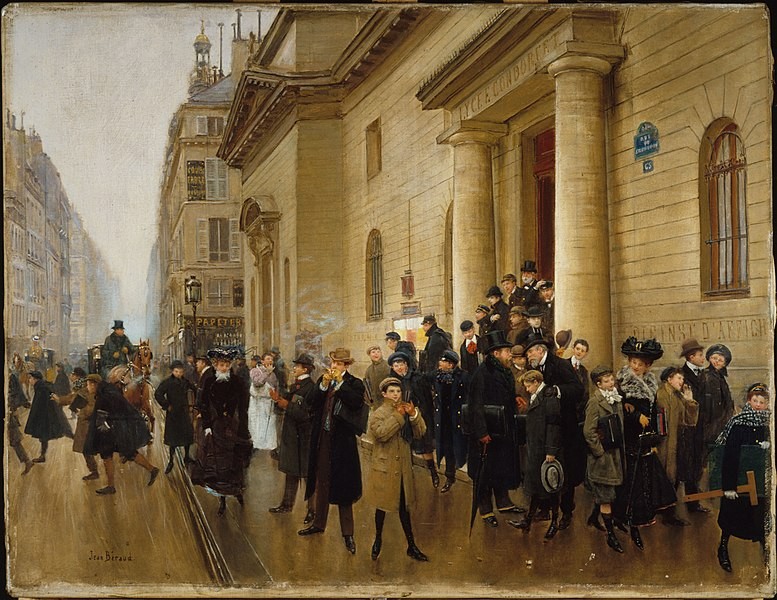
There is no shortage of works devoted to Proust’s Jewishness. From a non-Jewish Proust who goes so far as to use anti-Semitic expressions in his description of Albert Bloch, to a Proust who returned to Judaism like Charles Swann ; from a “Jewish-esoteric” Proust, a secret connoisseur of the Zohar or a subtle Talmudist whose motives are reproduced in his great works, to a Marrano Proust… a profusion of theses has been advanced to explain the author’s relationship to his maternal lineage. Antoine Compagnon’s work revisits and explores them all : rich and scholarly, pleasant to read and stimulating, this synthesis of the Jewish theme in Proustian criticism would justify the existence of the book, which is excellent in every respect.
Among all the reactions to Proust’s Jewish theme, there is one that particularly interests Compagnon: the one proposed in the 1920s by a group of young Jews or, as he calls them, “young Zionists.” We plunge into this forgotten world, notably because it was partially swallowed up by the Holocaust, in the majority of the book.
The ‘Jewish Revival’ of the Great War
In the decade following the First World War, the strength of the union sacrée (national unity) continued to elevate the Jews, whose sacrifice was even recognised by the anti-Semites of the past, who were now inclined to integrate these Israélites into the various spiritual families of France. In this context, a Jewish affirmation, a “Jewish awakening,” emerged, in particular through literature, the most famous example being Albert Cohen’s Revue Juive. Among the contributors to the Review was the poet André Spire. Now a relatively obscure figure, despite the admirable efforts of his daughter to publish his work, Spire was a major and fascinating presence in twentieth century French Judaism. In the post-war period, already in his forties, he was the link between Cohen’s generation and that of the young Jews of the end of the 19th century (Henri Franck, Léon Blum, Edmond Fleg, etc.) whose Jewish affirmation at the time of the Dreyfus Affair had already come up against the ideal of the assimilation of Israélites who were keen to remain discreet, all the more so in the context of the triumphant anti-Semitism of the time. The figure of André Spire alone demonstrates that the “Jewish awakening” actually began well before the Great War. But if it is important, it is also because nobody confronted the Israélites as much as Spire himself. Between the end of the 19th century and the 1920s, Spire never ceased to attack the great Israélite figures of his time, mocking the Reinach brothers and lashing out at Sylvain Lévi.
The confrontation focused in particular on Zionism, of which Spire was the leading supporter in France, but which the majority of Israélites rejected for fear that it would fuel the accusation of dual loyalties. In 1919, Sylvain Lévi, an expert on Hindu literature, professor at the Collège de France, president of the Société d’études juives and of the Alliance Israélite Universelle, had the misfortune to oppose Spire and the Zionist leaders he accompanied to the Peace Conference, which was to decide on the attribution of the British mandate to Palestine. Spire’s reaction was scathing, as he offered this devastating analogy:
“When Rabbi Shimon ben Yochai, relates the legend, left the cave where he had lived for many years, devoting himself solely to sacred studies, he saw peasants, dripping with sweat, their feet and legs splattered with the earth they were tilling. – How dirty they are, he cried! How rough their hands are, their backs rounded, their eyes cunning! The wretches who, for the sake of material goods, neglect their salvation in the world to come! – Would you rather, whispered a divine voice, that their hands and souls were white like yours, and that the world did not eat tonight. Go, my friend. Leave these men of the day to their rain, their gusts, their sweat, their tears, their laughter, their sun, their harvest. It’s too bright here, you can’t understand anything. You need your light, your stepladder, your cobwebs, your sowbugs and the eternal things… Go back to your cave.”
In the 1920s, it was the same André Spire who “annexed” Proust to the young Zionists of the Jewish Review. What Spire finds in In Search of Lost Time is a critique of the extremes of assimilation through the character of Albert Bloch, who becomes Jacques du Rozier in Le Temps retrouvé (Time Regained), and Gilberte’s abandonment of her father’s name Swann for that of her mother’s new husband, the Count of Forcheville. As such, In Search of Lost Time and Proust himself, together with Spire, integrate the argumentative arsenal of an internal critique of French Judaism. The young Zionists of the Jewish Review confronted the tendencies of excessive assimilation of the Israélites and found in Proust an ally.
Spire, Proust and Halévy
In Spire, the critique of assimilation goes hand in hand with a Jewish reaffirmation. But this reaffirmation comes from a very advanced trajectory of assimilation. Discharged from the army during the Great War because of his age, Spire was assigned to look after a Moroccan soldier named Séban. In his Souvenirs à bâtons rompus, he recounts his admiration, as well as the distance that separates him from this young Jew who remains part of a living people: “All his thoughts, all his visions were Palestinian, biblical. For him, the life of Moses was not a legendary life. But something real, eternally present, active. At Purim he rejoiced in the disgrace of Haman and the triumph of Esther; at Hanukkah he rejoiced in the return of Judas Maccabaeus to Jerusalem, the overthrow of the idols and the cleansing of the sanctuary; at Tish B’av he fasted and recited the lamentations of Jeremiah in remembrance of the destruction of the Temple by Nebuchadnezzar and Titus.” The Jewish affirmation of Spire is thus that of a former Israélite returning from assimilation: Spire returns to the Jews. But it is notable that on this trajectory of return he finds support in Proust.
Yet, there is very little evidence in Proust of a Jewish affirmation similar to that of Spire. More precisely, there is only one: “There is no one left, not even me, who can get up, who goes to visit, along the Rue du Repos, the little Jewish cemetery where my grandfather, following a rite he no longer understood, would put a stone on his parent’s grave every year.” This excerpt from a letter by Proust, copied by Spire, is the subject of the investigation that forms the guiding thread of Compagnon’s book. In these few words, a discreet Jewish affirmation is formulated, the importance of which requires, in order to measure it accurately, knowledge of the context of the letter’s writing and its recipient. This is precisely what Antoine Compagnon has managed to discover.
The mysterious recipient is none other than the historian Daniel Halévy. A great friend of Spire’s, Halévy met Proust, who in his youth had great admiration for Halévy’s father, the academician and librettist of Offenbach and Bizet, Ludovic Halévy. For those interested in the trajectories of Jews in modern times, the Halévy family obviously represents worldly success and intellectual excellence, but also assimilation to the point of mixed marriages and conversions. This letter, addressed by Proust to his former schoolmate, is a letter of condolence after the death of Halévy’s father. In this context, Proust’s reference to the small Jewish cemetery and the stone placed on his great-grandfather’s grave sounds like a reproach, or at least a reminder. At a time when the bond with his father has just been broken, Proust writes implicitly to Halévy: “Remember Israel!”
Unexpected effects of Freemasonry
Proust was a supporter of Spire in his return to Judaism, and a reminder for Halévy, who was distancing himself from it. He was placed at the heart of the dynamics of Judaism in the age of its emancipation, at the heart of the tension between total individualization and persistence as a group. But how to explain this particular position that Proust seems to hold among his generation?
In the first chapter of the book, Antoine Compagnon traces Proust’s maternal genealogy. We learn that this great-grandfather, on whose grave a stone was ritually placed, was a major figure in the Parisian Jewish community in the first decades of the 19th century. Baruch Weil, whose family came from Germany, settled on the outskirts of the French capital under the Directory. He took over a porcelain factory, made it prosper, opened several shops and, as a symbol of his impressive success, was made a knight of the Legion of Honor in 1825 as “founder of the beautiful porcelain factory established in Fontainebleau.” But Baruch Weil also distinguished himself in community life: president of the Parisian Israelite Charity Committee, he was elected to the leadership of the Paris Consistory and served as its vice-president between 1819 and his death in 1828. Throughout his life, Baruch was also the mohel of the Jewish community in the capital. After his death, the Archives Israelites newspaper of Paris recalled his memory: “During the 25 years that the late Mr. Baruch Weil worked in Paris with such zeal, piety and disinterestedness, no one, from the richest to the poorest, would have consented to have a child circumcised by a foreign mohel.” At the beginning of the Weil family’s French trajectory, therefore, there was no trace of dejudaization.
At his death, Baruch Weil left 11 children from two successive marriages, including Nathé Weil, Proust’s maternal grandfather. Nathé Weil himself had three children, including a daughter, Jeanne Weil, future wife of Dr. Adrien Proust and mother of Marcel. The son of the mohel of the Jewish community in Paris, Nathé nevertheless allowed his only daughter to marry a non-Jew. This incongruity led Antoine Compagnon to take a closer look at the life of Proust’s grandfather. His life and especially his death, and there was a surprise in store for him. Indeed, Nathé Weil died on 2 July 1896 and was cremated. In France, cremation had only been authorized for about 10 years. Prohibited by Judaism and Christianity, choosing cremation meant, as Antoine Compagnon notes, “making a profession of atheism, showing oneself to be a free thinker.” The very few French people who opted for cremation were recruited from among the anarchists, socialists, anti-clericalists and… the Freemasons. The hypothesis that Nathé Weil was a Freemason would explain this mixed marriage in a Jewish milieu that was still extremely homogeneous at the time. Adrien Proust, a hygienist doctor and notable republican, who wrote about cremation in the 1870s, would have been a Freemason himself, and so it is only logical that this union should have been sponsored by this distant cousin of Jeanne Weil’s: Adolphe Crémieux, Minister of Justice in 1848 and 1870, but also Supreme Commander of the French Council of the Ancient and Accepted Scottish Rite.
The evidence gathered by Antoine Compagnon to prove that Nathé Weil, the maternal grandfather, and Adrien Proust, the father, were Freemasons, will likely win over the readers. This unpublished information has another merit: it explains the specific trajectory of Marcel Proust within French Judaism. Emancipated in 1791, the French Jews were called upon by the Revolutionaries to consider themselves as individuals and no longer as members of a “nation.” As they left their traditional communities, they experienced a social mobility and unprecedented possibilities of integration that led some of them to distance themselves from the Jewish collective from which they had emerged, sometimes to the point of being forgotten. As the 19th century progressed, the individualism of Jews increased and the distancing of a Halévy, like that of the Bloch of La Recherche, became more common. His estrangement from the collective may have led to a desire to return, as in Swann’s case, or after several generations of estrangement, as in Spire’s case. In the long term, the descendants of the Blochs sometimes become Spires and vice versa: the dynamic is always ongoing. It is this new form of mobility, between individualism and return to the collective, that modernity also allows Jews. However, in this space, the trajectory that Proust follows has a different character. Instead of the individual assimilation permitted by the Revolution, the son of the mohel of Paris preferred another option: the integration of another minority group. There was no process of dejudaization in this lineage as in the case of a Bloch or a Halévy because there was no exit from the subgroup to merge individually into the wider society. But since the exit stopped before it was completed, there is also no desire to return as with a Swann or a Spire. The trajectory of individualism was frozen by finding refuge in another minority group that allowed for emancipation from the original group but without individual assimilation into society.
Certainly, the legacy of this position gives Proust a particular insight into modern Jewish trajectories as a whole; an insight that is manifested in the variety of Jewish characters in In Search of Lost Time. But voluntarily or not, directly or through his work, it also gives him a role in the dynamics he describes; a role that Antoine Compagnon’s book allows us to grasp more than any other. From his position, Proust can both remind those who stray too far from the collective from which they come, as well as anchor those in whom a desire to return becomes manifest. Within modern Judaism, Proust is the name of a singular position, a lateral position, but a position which is necessary for the persistence of a Jewish collective in a society of individuals.

